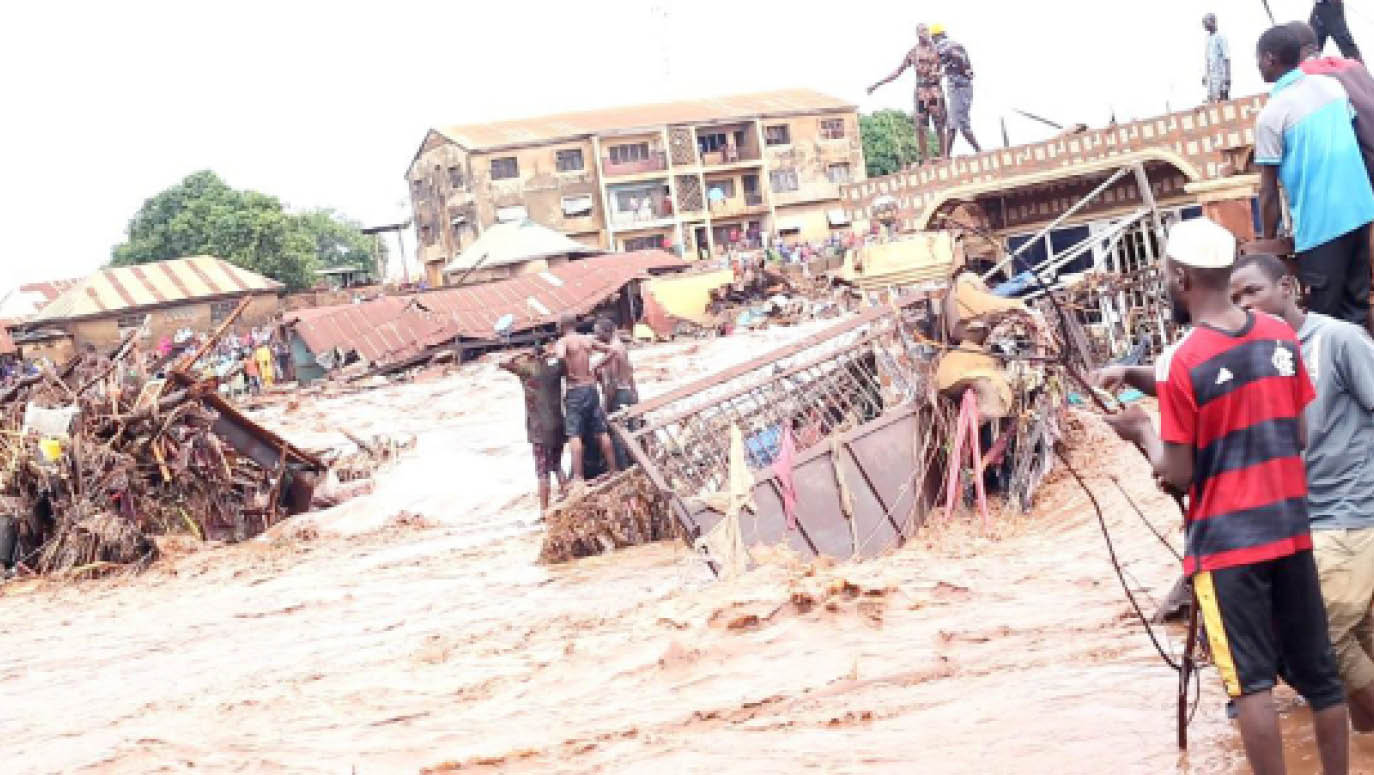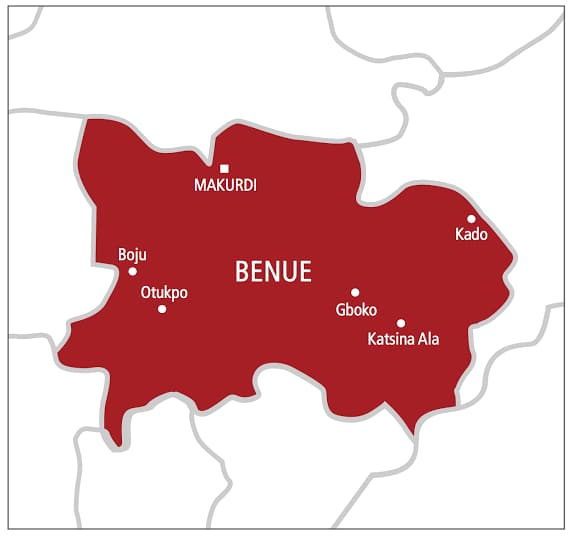A catastrophic flood has left a trail of destruction across Niger State, Nigeria, submerging homes, farmlands, and livelihoods in one of the worst natural disasters to hit the region in recent years. In the heart of Mokwa, a small community now grapples with unimaginable loss, as survivors recount harrowing tales of survival amidst the deluge. Among them is Mallam Hussaini Musa, a 75-year-old resident whose life was forever altered when the floodwaters swept away 17 members of his household, including his children, their wives, and his grandchildren.
The tragedy unfolded in the dead of night, when hours of relentless rainfall transformed quiet streets into raging torrents. According to reports from the Niger State Emergency Management Agency (NSEMA), the flood, which struck on May 29, 2025, submerged over 50 homes in Mokwa alone, catching residents off guard as they slept. “I woke up to water everywhere,” Mallam Hussaini recounted, his voice heavy with grief. “I tried to save them, but the water was too strong. It took everything.” Now, he finds temporary refuge at Swashi primary school, one of several makeshift shelters housing thousands of displaced families.
The scale of the disaster is staggering. NSEMA confirmed at least 21 deaths, with 10 others still unaccounted for, though posts on X suggest the death toll could be as high as 117. The flooding has affected 19 of Niger State’s 25 local government areas, including Mokwa, Katcha, Lavun, and others, displacing over 41,000 people. Entire communities have been uprooted, with 539 villages, 246 schools, and 118,692 hectares of farmland submerged under water. The destruction of crops and livestock threatens food security in a region already grappling with economic challenges, while damaged infrastructure has left many without access to basic services.
Niger State’s vulnerability to flooding is not new. Located in Nigeria’s North-Central region, the state is home to three major hydroelectric dams—Kainji, Jebba, and Shiroro—whose overflow during heavy rains often exacerbates flooding. This year’s disaster follows a pattern seen in previous years, notably in 2012 and 2022, when similar floods claimed lives and displaced thousands. Despite annual warnings from the Nigeria Hydrological Services Agency (NIHSA) and the Nigerian Meteorological Agency (NiMet) about the risks of heavy rainfall, experts argue that inadequate infrastructure and poor urban planning continue to amplify the devastation.
Dr. Aisha Bello, a climate scientist based in Abuja, explained the broader context: “Climate change is intensifying rainfall patterns across Nigeria, but the lack of proactive measures—like relocating communities from flood-prone areas or investing in robust drainage systems—leaves us perpetually reacting to crises rather than preventing them.” She pointed to the need for long-term solutions, such as reinforcing riverbanks and implementing early warning systems that reach rural communities in real time.
For survivors like Mallam Hussaini, the immediate reality is one of loss and uncertainty. At Swashi primary school, makeshift tents and classrooms are filled with families who have lost everything. Relief efforts are underway, with NSEMA and local authorities distributing food, blankets, and medical supplies, but the scale of the disaster has stretched resources thin. “We need help,” said Amina Yusuf, another displaced resident. “We have no homes, no food, and nowhere to go. The children are sick, and we don’t know what tomorrow holds.”
The flood’s impact extends beyond immediate loss of life and property. The destruction of farmlands threatens to deepen Nigeria’s food insecurity, particularly in a region where agriculture is a primary livelihood. With maize, rice, and yam crops washed away, farmers like Ibrahim Sani, who lost 10 hectares of farmland, face a bleak future. “This was my life’s work,” he said. “Now, I have to start from nothing.”
As the nation mourns, calls for action are growing louder. Community leaders and activists are urging the government to prioritize flood mitigation strategies, including stricter enforcement of environmental regulations and investment in climate-resilient infrastructure. The tragedy has also sparked discussions about the role of dams in exacerbating floods, with some advocating for better management of water releases during the rainy season.
For now, Mokwa and other affected communities are left to pick up the pieces. The resilience of survivors like Mallam Hussaini is a testament to the human spirit, but their stories are a stark reminder of the urgent need for systemic change. As Nigeria faces the growing threat of climate-driven disasters, the question remains: will this tragedy finally spur the action needed to protect vulnerable communities, or will it be another chapter in a recurring cycle of loss?
Join our Whatsapp channel to stay updated always!


